Major hospitals faced budget, staff constraints
Govt fails to increase budget allocations for Pindi’s health facilities flocked by thousands of patients annually
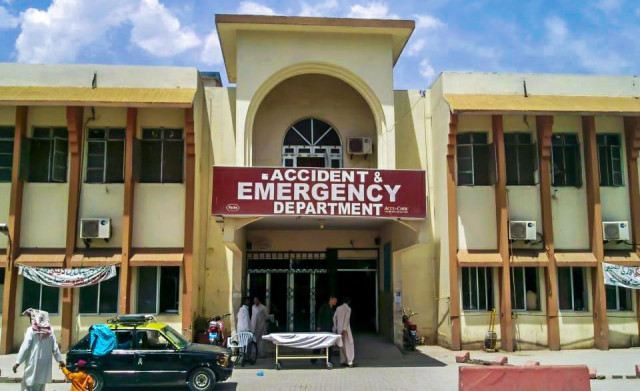
Three teaching hospitals — the Benazir Bhutto General Hospital, the Holy Family Hospital and District Headquarters Hospital Rawalpindi — continue to face budget and staff constraints as the present government failed to increase the budget allocations in the year 2021 as well.
In the last three years, the Pakistan Tehreek-e-Insaf government has failed to increase the budget for the expansion of infrastructure, increasing the number of doctors, nurses and paramedical staff even though thousands of patients from the twin cities, Azad Jammu and Kashmir, Gilgit-Baltistan and Khyber-Pakhtunkhwa visit these hospitals annually.
These health facilities faced multiple issues including the heavy patient load, dearth of medicine, long dates for operations, unavailability of beds and overburden on doctors. The Holy Family Hospital, the oldest health facility in the city, has 900 beds. The Benazir Bhutto General Hospital has 750 beds while the District Headquarters Hospital has 400 beds.
Read Hospitals get notices over poor disposal of waste
The PTI government has completed work on the up-gradation of the gynecology department at Holy Family Hospital at a cost of Rs 250 million while a neonatal ward has been set up at the Benazir Bhutto General Hospital.
Currently, the outpatient departments of the three hospitals receive more than 6,000 patients daily while the number of patients coming to the emergency department stands at 30,00 daily. Given the high number of patients visiting the OPDs and emergency departments, the infrastructure is not only inadequate to handle the burden but these hospitals faced a shortage of doctors and nursing and paramedical staff.
The annual budget for the three hospitals stands at Rs6 billion and of which, 60 per cent is spent on salaries while 40 per cent is spent on medicine and other necessities. Sources said that the budget remains stagnant despite a five to 10 per cent per annum increase of the patient load in the three hospitals.
According to the sources, the three overburdened hospitals were currently failing to cater to the needs of the patients. Rawalpindi Medical University ViceChancellor Dr Muhammad Omar said that besides the Rawalpindi division, people from other parts of the country also visit the city hospitals for treatment.
“Hospital buildings and infrastructure are very old and Rawalpindi must have a new medical city on GT Road to cater to the needs of the growing population in a long term,” he said adding that the medical city will cater to the needs of medical education and research centres.

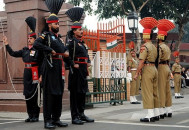
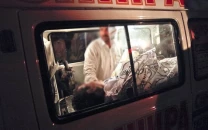
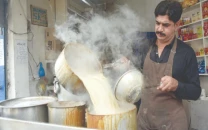
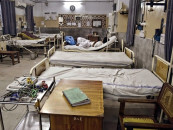














COMMENTS
Comments are moderated and generally will be posted if they are on-topic and not abusive.
For more information, please see our Comments FAQ